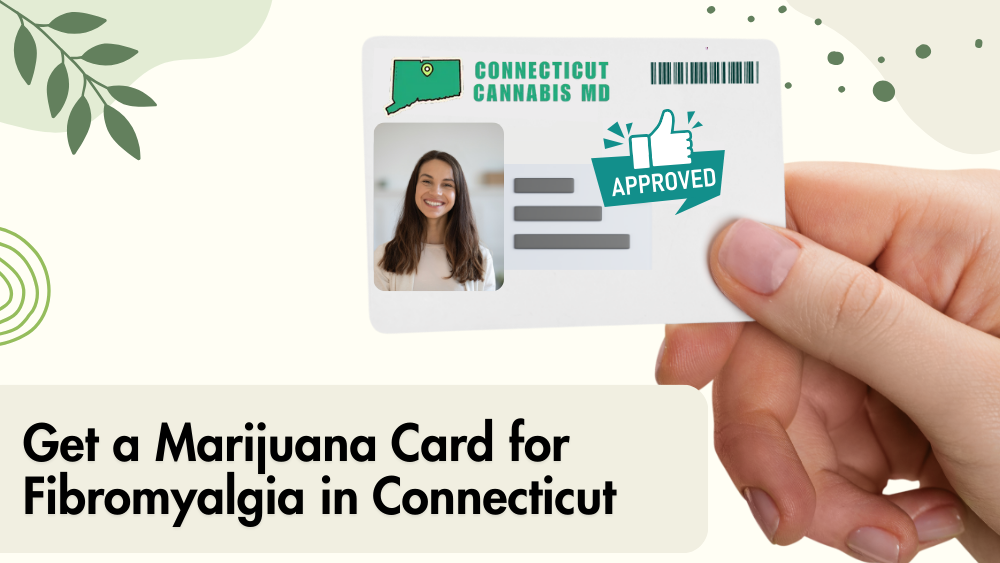Ocular disease glaucoma ranks among the most common causes of blindness in the United States and is prevalent in millions of patients worldwide. As the condition develops, it progresses to affect the optic nerve, commonly caused by increased intraocular pressure (IOP) within the eyes. This condition should be managed as soon as possible to avoid complete loss of vision. Traditional eye drops or surgeries that reduce pressure within the eye do not work well for all patients.
With advancements in medical marijuana, many patients suffering from glaucoma can find effective treatment without surgery.
Understanding Glaucoma and Its Signs
What is Glaucoma?
Glaucoma is a disease characterized by elevated intraocular pressure that destroys the optic nerve. If untreated, it can cause vision loss and even blindness. The most prevalent form is open-angle glaucoma, which can be chronic and may not show noticeable symptoms until irreversible damage has occurred.
Symptoms of Glaucoma
Common symptoms include:
- Distortion of vision and peripheral vision loss.
- Eye pain or discomfort.
- Halos around lights.
- Redness in the eyes.
- Tunnel vision, especially in advanced stages.
If untreated, glaucoma can lead to permanent blindness.
Benefits of Medical Marijuana for Glaucoma Patients
The Relation between Medical Marijuana and Glaucoma
Research shows that medical marijuana can lower intraocular pressure among glaucoma patients. The cannabinoids in marijuana help constrict tiny blood vessels in the eye, reducing IOP for several hours and providing comfort. While it may not cure glaucoma, it can prevent further deterioration and alleviate pain.
Other Benefits
Medical marijuana can also:
- Reduce inflammation.
- Relieve pain.
- Enhance quality of life by lowering anxiety and stress.
How to Apply for a Medical Marijuana Card in Connecticut
Eligibility for Medical Marijuana
In Connecticut, patients must consult a certified healthcare provider to qualify for a medical marijuana card. Conditions eligible for treatment include:
- Glaucoma
- Cancer
- HIV/AIDS
- Chronic pain
- PTSD (post-traumatic stress disorder)
Steps to Obtain Your Medical Marijuana Card
- Get a Licensed Healthcare Provider: Schedule an appointment with a doctor certified to prescribe medical marijuana, which can be done via telemedicine.
- Get Your Recommendation: The provider will evaluate your condition and issue a recommendation if medical marijuana is appropriate.
- Submit Your Application: After receiving your recommendation, complete an application with the Connecticut Medical Marijuana Program.
Advantages of Telemedicine
Telemedicine offers several benefits:
- Convenience: Consult a healthcare provider from home.
- Time-Saving: Appointments are quick and efficient.
- Safety and Privacy: Discuss your health comfortably and confidentially.
Finding the Right Healthcare Provider
Choose a licensed provider experienced in prescribing medical marijuana. They should understand glaucoma and guide you through the process.
Conclusion
Glaucoma requires ongoing management to prevent vision loss. Medical marijuana can provide relief by reducing intraocular pressure and easing symptoms. In Connecticut, the process to obtain a medical marijuana card is simple and accessible through telemedicine.
If you’re living with glaucoma and seeking relief, contact a certified healthcare provider online to apply for your medical marijuana card today. Take control of your eye health and explore cannabis as part of your treatment plan.
FAQs
How does medical marijuana help with glaucoma?
It reduces intraocular pressure, helping manage symptoms and slow disease progression.
Can I apply for a medical marijuana card online in Connecticut?
Yes, applications can be submitted via telemedicine.
What is the cost for a medical marijuana recommendation in Connecticut?
New patients pay $179, while renewals cost $149.
How long does it take to get a medical marijuana card?
The process can take a few weeks, but the telemedicine appointment can be completed in under 30 minutes.
Is marijuana a cure for glaucoma?
No, but it can help manage symptoms and reduce eye pressure, potentially preventing further vision loss.












